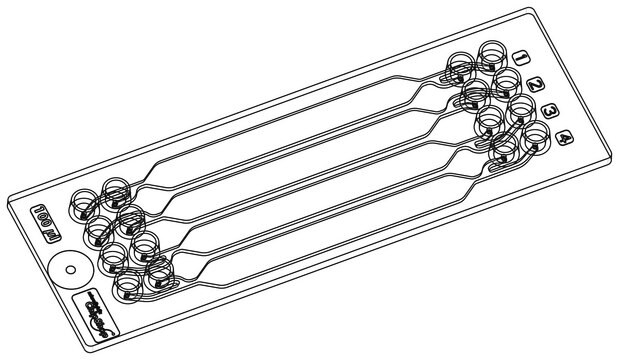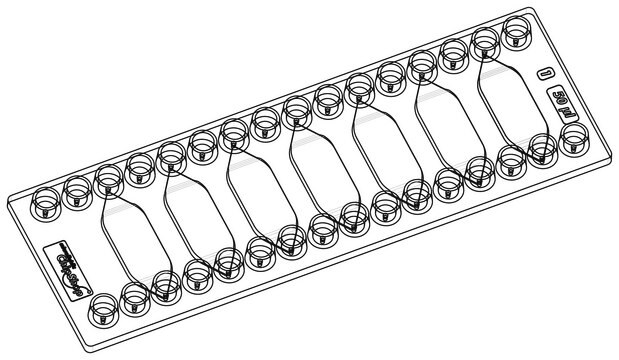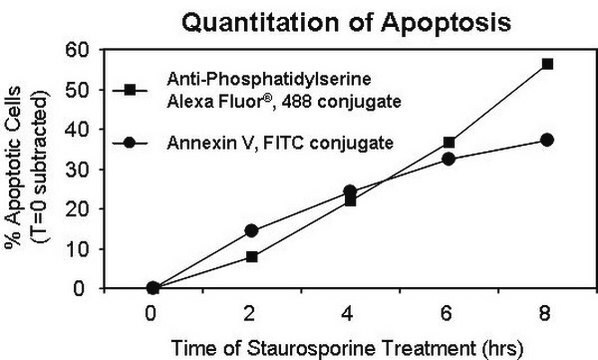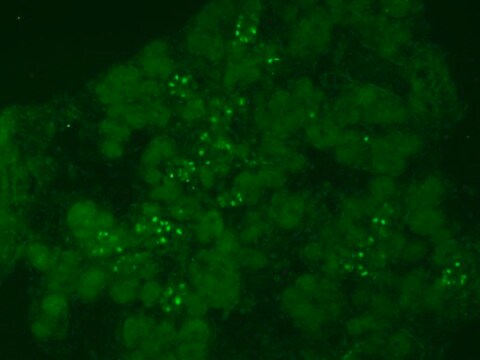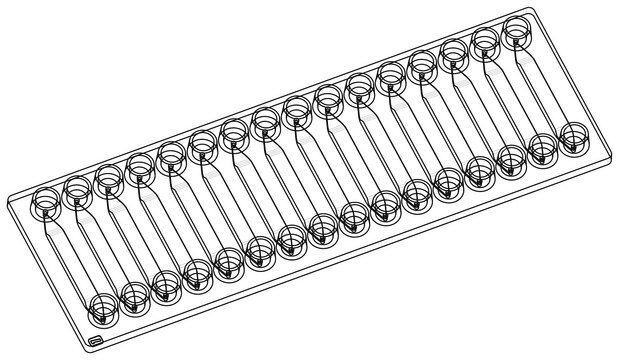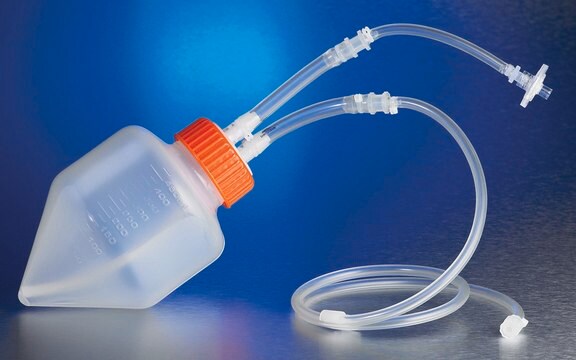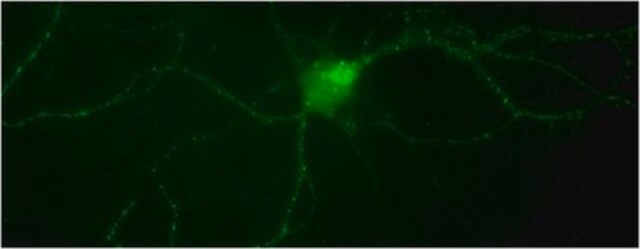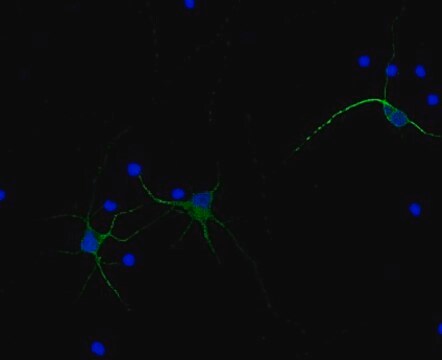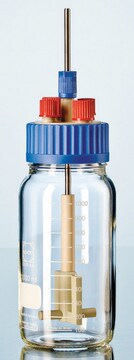AB5372
Anti-Trk B Antibody, pain, a.a. 54-67 rTrkB
serum, Chemicon®
Sinônimo(s):
BDNF/NT-3 Growth Factors Receptor, Tyrosine Kinase Receptor B
About This Item
Produtos recomendados
fonte biológica
rabbit
Nível de qualidade
forma do anticorpo
serum
tipo de produto de anticorpo
primary antibodies
clone
polyclonal
reatividade de espécies
rat, human
fabricante/nome comercial
Chemicon®
técnica(s)
immunohistochemistry: suitable
western blot: suitable
nº de adesão NCBI
nº de adesão UniProt
Condições de expedição
dry ice
modificação pós-traducional do alvo
unmodified
Informações sobre genes
human ... NTRK2(4915)
Especificidade
Imunogênio
Aplicação
Immunoblotting: 1:1,000-1:1,500 on rat membrane preparations. The antibody should be
evaluated for use in Western blot by the end user. Its utility will be dependant on the level of
the protein expressed in the tissues or cells being tested.
Optimal working dilutions must be determined by end user.
Neuroscience
Neurochemistry & Neurotrophins
forma física
Armazenamento e estabilidade
Informações legais
Exoneração de responsabilidade
Não está encontrando o produto certo?
Experimente o nosso Ferramenta de seleção de produtos.
recomendado
Código de classe de armazenamento
11 - Combustible Solids
Classe de risco de água (WGK)
WGK 1
Ponto de fulgor (°F)
Not applicable
Ponto de fulgor (°C)
Not applicable
Certificados de análise (COA)
Busque Certificados de análise (COA) digitando o Número do Lote do produto. Os números de lote e remessa podem ser encontrados no rótulo de um produto após a palavra “Lot” ou “Batch”.
Já possui este produto?
Encontre a documentação dos produtos que você adquiriu recentemente na biblioteca de documentos.
Nossa equipe de cientistas tem experiência em todas as áreas de pesquisa, incluindo Life Sciences, ciência de materiais, síntese química, cromatografia, química analítica e muitas outras.
Entre em contato com a assistência técnica